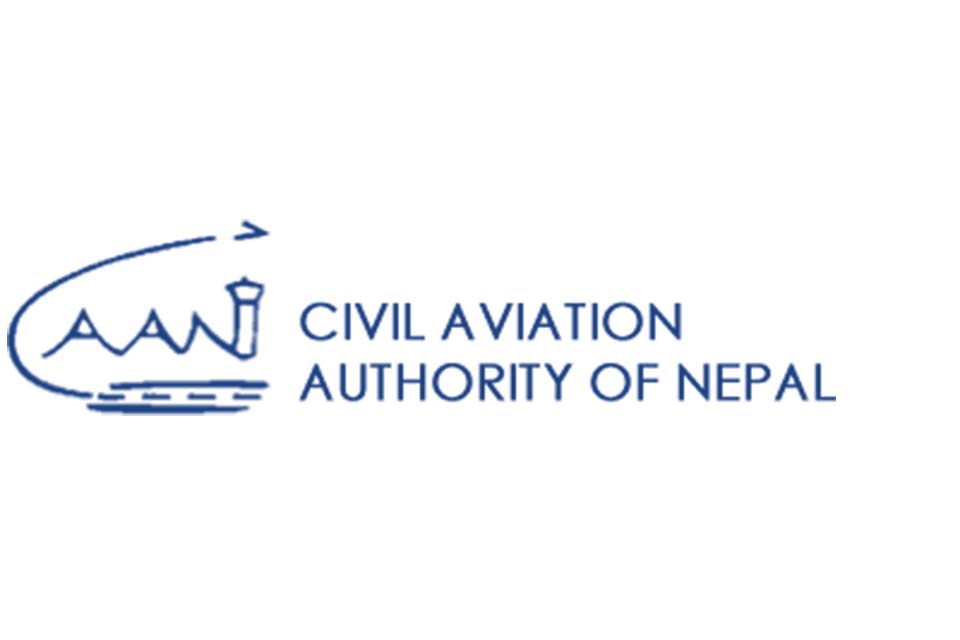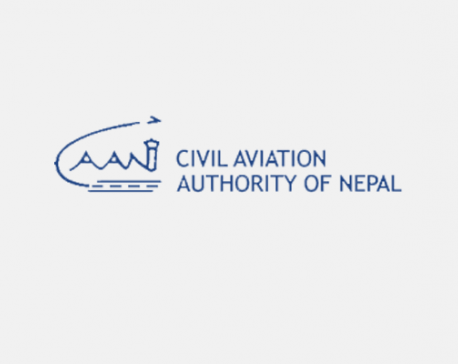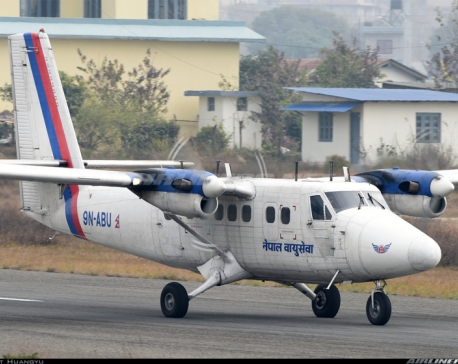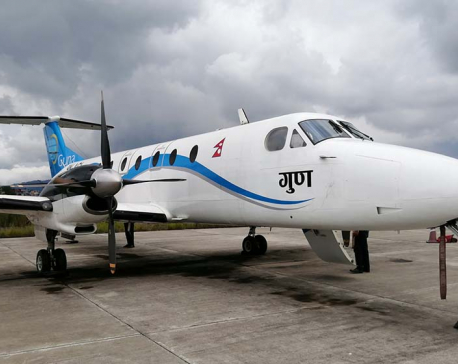
OR
Editorial
CAAN's Impractical Decision on 'Operating Hours'
Published On: August 13, 2023 07:35 AM NPT By: Republica | @RepublicaNepal

In a well-intentioned move, the Civil Aviation Authority of Nepal (CAAN) has made a decision that, despite its good faith, is causing havoc in the lives of the ordinary citizens, especially those living in remote areas with limited transportation options. While the primary objective to limit flights to remote areas during the monsoon might have emerged from the regulatory body’s attempt to enhance air safety, the aftermath of this choice has revealed a painful reality – patients and their families are now trapped in distress due to the scarcity of available flights during critical times. CAAN's recent decision to limit airline operations exclusively to specified "operation hours" has created a precarious situation for airline operators. This ruling, particularly evident at Mugu Airport, becomes especially impractical during the monsoon season when foggy conditions persist until around 10 AM, followed by clear weather for the remainder of the day. Unfortunately, the current operational window, from 6:30 AM to 12:30 PM, fails to align with the region's favorable flying conditions after 10 AM.
The plight of numerous patients in urgent need of medical attention has tragically transformed into a week-long ordeal at Mugu Airport. The recent flight hour regulations, seemingly imposed to reduce air accidents, have left them uncertain, grappling with an unpredictable timeline for accessing critical medical care. The impracticality of these new flight hours becomes glaringly evident when examining the dire predicament faced by patients. In a season where road travel is perilous due to monsoon conditions, air travel becomes a lifeline for those requiring immediate medical assistance. With fog lifting around 10 AM, the rest of the day offers optimal flying conditions. However, the restricted flight window severely hampers flight availability during the most critical hours.
Decisions of this magnitude should only be made after a thorough examination of the unique conditions at airports across Nepal. An across-the-board strategy neglects the distinct challenges and geographic diversities encountered by different regions. While the concern for safety due to afternoon high-speed winds is valid, it is equally true that the absence of flights can lead to life-threatening crises and potential loss of life. The consequences of this decision are far-reaching, particularly in remote areas where air travel often serves as the sole viable option. The situation at Humla Airport further underscores the seriousness of the issue. Helicopters, crucial for transporting vital supplies and individuals, remain grounded after 12:30 PM, exacerbating the difficulties faced by the already marginalized communities. Voices directly affected by this policy emphasize the importance of tailored regulations that consider the unpredictable and rapidly changing weather patterns of Karnali. Flexibility and adaptability are essential in regions where time is of the essence.
While safety is undoubtedly a paramount concern, CAAN must reconsider its decision in light of the distressing repercussions faced by the ordinary citizens. It is crucial that air travel remains a dependable option, particularly in emergencies. The aviation regulatory authority should collaborate harmoniously with local stakeholders, incorporating the insights and wisdom of those on the ground. Striking a balance that prioritizes safety while ensuring access to vital services is the pressing demand of the moment. The lives of critically-ill patients in need of immediate medical attention are hanging in the balance. CAAN must acknowledge the urgency of the situation, reassess its stance, and adopt a more pragmatic and compassionate approach that genuinely safeguards the welfare of the people it is entrusted to protect. As a nation, we cannot allow bureaucratic inflexibility to endanger human lives and well-being.
You May Like This

CAAN halts Simrik Air flights citing safety concerns and unpaid dues
KATHMANDU, Aug 1: Civil Aviation Authority of Nepal (CAAN) has taken the decision to suspend all flights operated by Simrik... Read More...

New flight safety rules impact remote areas of Karnali
BIRENDRANAGAR, Aug 7: The recent implementation of new flight safety rules by the Civil Aviation Authority of Nepal (CAAN) has... Read More...

CAAN stops all Guna Airlines flights until further notice
KATHMANDU, Feb 20: The Civil Aviation Authority of Nepal (CAAN) has suspended all flights of Guna Airlines. The authority has... Read More...











Just In
- Nepal at high risk of Chandipura virus
- Japanese envoy calls on Minister Bhattarai, discusses further enhancing exchange through education between Japan and Nepal
- Heavy rainfall likely in Bagmati and Sudurpaschim provinces
- Bangladesh protest leaders taken from hospital by police
- Challenges Confronting the New Coalition
- NRB introduces cautiously flexible measures to address ongoing slowdown in various economic sectors
- Forced Covid-19 cremations: is it too late for redemption?
- NRB to provide collateral-free loans to foreign employment seekers







Leave A Comment